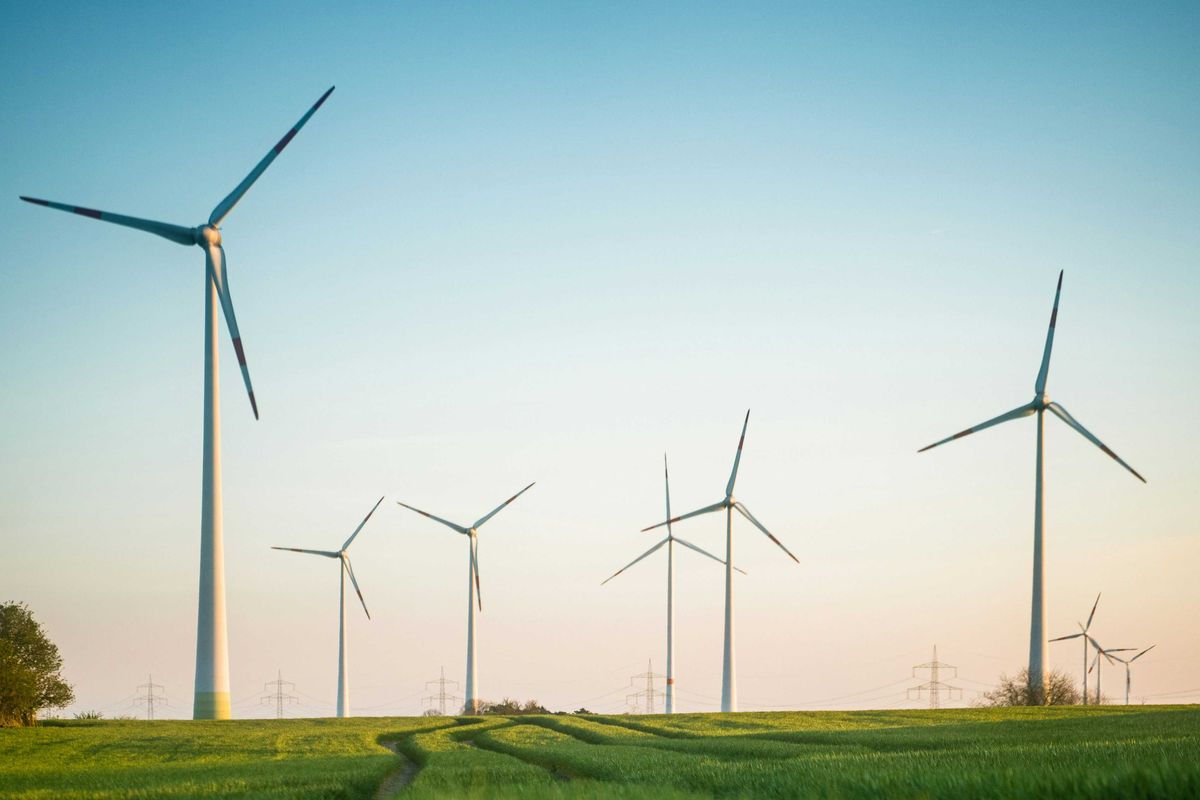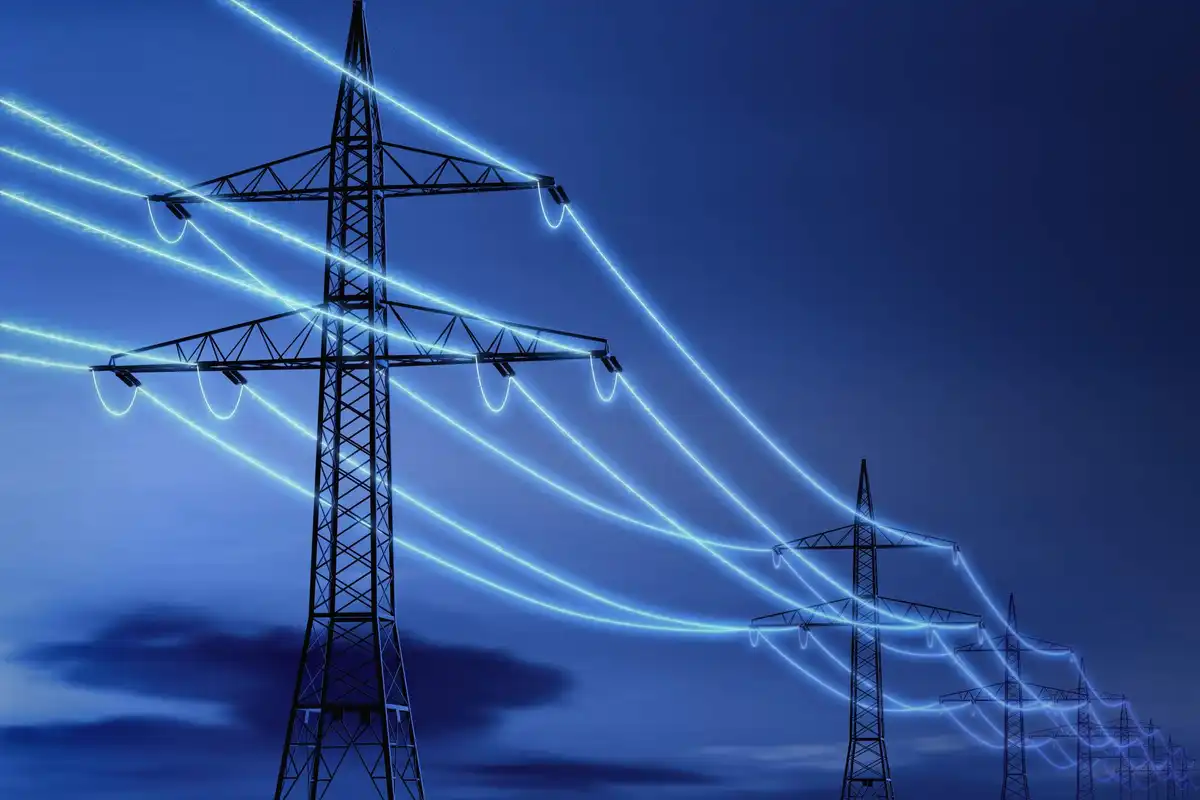A new five-part documentary shorts series by Texas' favorite grocery store, H-E-B, takes an in-depth exploration into the state's wildlife and parks, in the hopes of raising awareness for native conservation.
Each film in the Our Texas, Our Future series is set in a different area of Texas, from the Gulf Coast of Houston to the deserts of West Texas. Viewers will learn about Texas' misunderstood animals, witness conservation triumphs of important marine life, and celebrate in the longevity of the state's public park system.
The series was created in partnership with Fin & Fur Films, and each of the five films are narrated by Austin-based singer Shane Smith. His band, Shane Smith and the Saints, also created original music for the series.
"H-E-B has a deep commitment to support all Texans, and that includes helping to protect, conserve, and beautify our great state for people to enjoy now and for generations to come," said Leslie Sweet, H-E-B's Managing Director of Sustainability and Environmental Affairs in a release. "We’re excited to support these passionate filmmakers and their mission to tell important stories that we hope will inspire people to celebrate and protect the diverse habitats, unique wildlife, and beautiful landscapes across Texas."
A Century Celebration: Texas State Parks
Director: Ben Masters; Runtime: 9 minutes
This film celebrates the 100th anniversary of Texas State Parks through a retelling of how the public park system came to be. 1.5 million acres of public land stretches from the West Texas mountains to Piney Woods in East Texas, where about 10 million visitors trek Texas state parks every year. Watch the trailer for A Century Celebration: Texas State Parkshere.
Batsies
Director: Elizabeth Unger; Runtime: 15 minutes
San Antonio locals know all too well the history of Bracken Cave, which is home to the world's largest bat colony, comprising more than 15 million Mexican free-tailed bats. A group of Texas State University wildlife biologiststake viewers on a trip to unearth little-known facts about one of Texas' most precious creatures. Batsies details the group's fight to protect the state's bat population and explains why the mammals are so crucial to Texas' ecosystem and agriculture. Watch the trailer here.
Redfish Revival
Director: Shannon Vandivier; Runtime: 16 minutes
Redfish Revival is a deep dive into the history of Texas' redfish population, and how a group of Houston fishermen saved them from overfishing in the 1970s. The group's dedication to conservation helped bring about important legislation protecting against overfishing in the 1980s, and even led to redfish being deemed the official saltwater fish of Texas. Watch the trailer here.
Second Chance
Director: Austin Alvarado; Runtime: 22 minutes
Second Chance showcases the ongoing recovery of Texas' black bear population, which has slowly been on the rise over the last 30 years. Researchers from the Borderlands Research Institute in Alpine journey to understand how the bears are surviving in the West Texas desserts in the wake of Texas' human population expansion. Watch the trailer for Second Chance here.
Ranching with Ocelots
Director: Shannon Vandivier; Runtime: 12 minutes
Ocelots are the most endangered cat in the nation, with less than 120 in the wild today. Ranching with Ocelots investigates the relationship between the animals and two traditional Texas vaqueros – Timoteo and Miguel Rodriguez, who also appear in the film Easteños – who seek to protect them. Their ranch is home to the largest documented ocelot population in North America. Watch the trailer here.
------
This article originally ran on CultureMap.








 Air Liquide and Hyundai agreed to expand hydrogen refuelling networks, storage capacity and more at a meeting in Seoul last week. Photo courtesy Air Liquide.
Air Liquide and Hyundai agreed to expand hydrogen refuelling networks, storage capacity and more at a meeting in Seoul last week. Photo courtesy Air Liquide.
